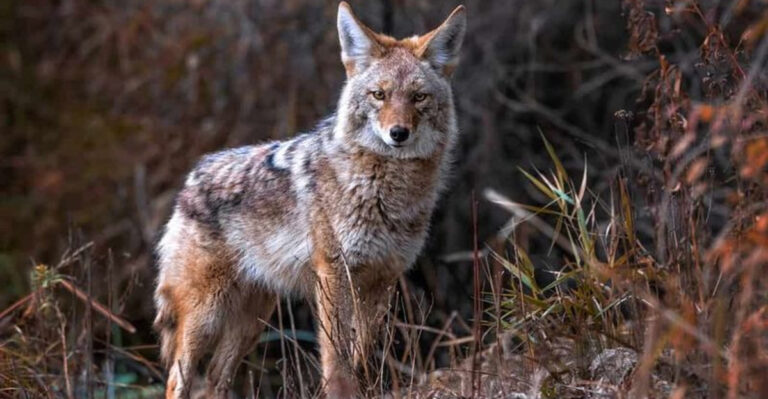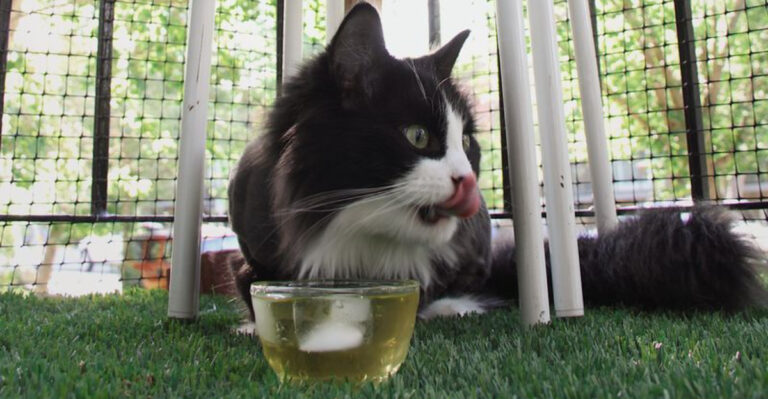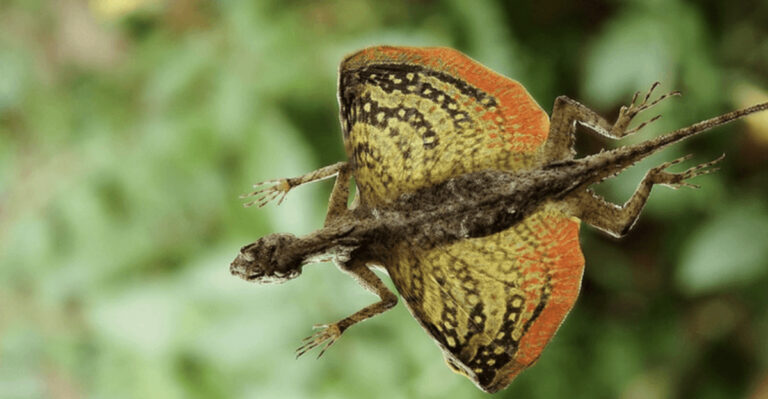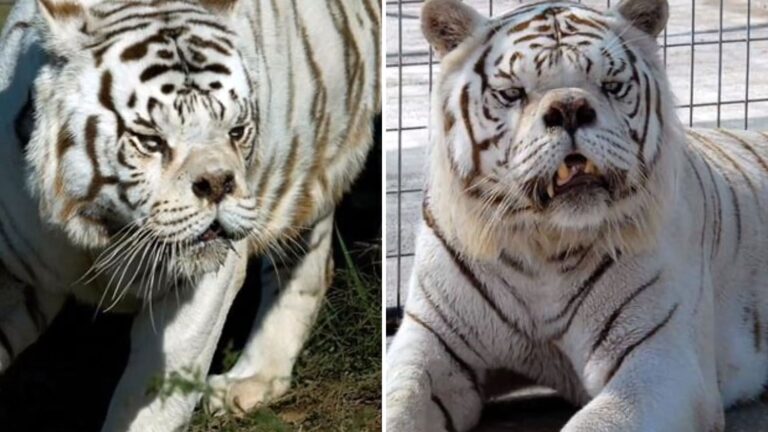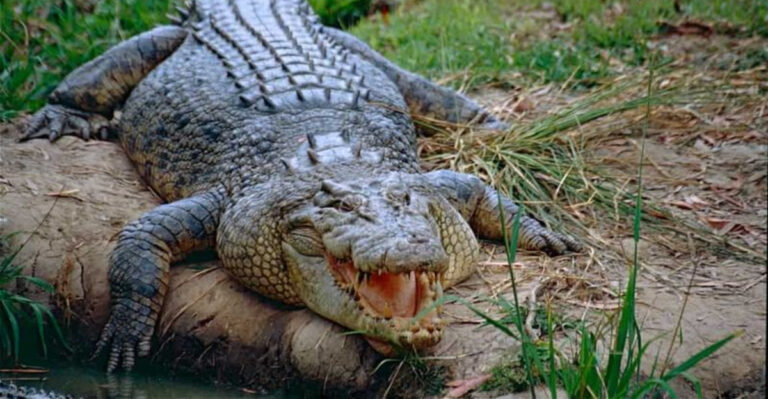The Bird That Lays Only One Egg A Year Is Facing Extinction
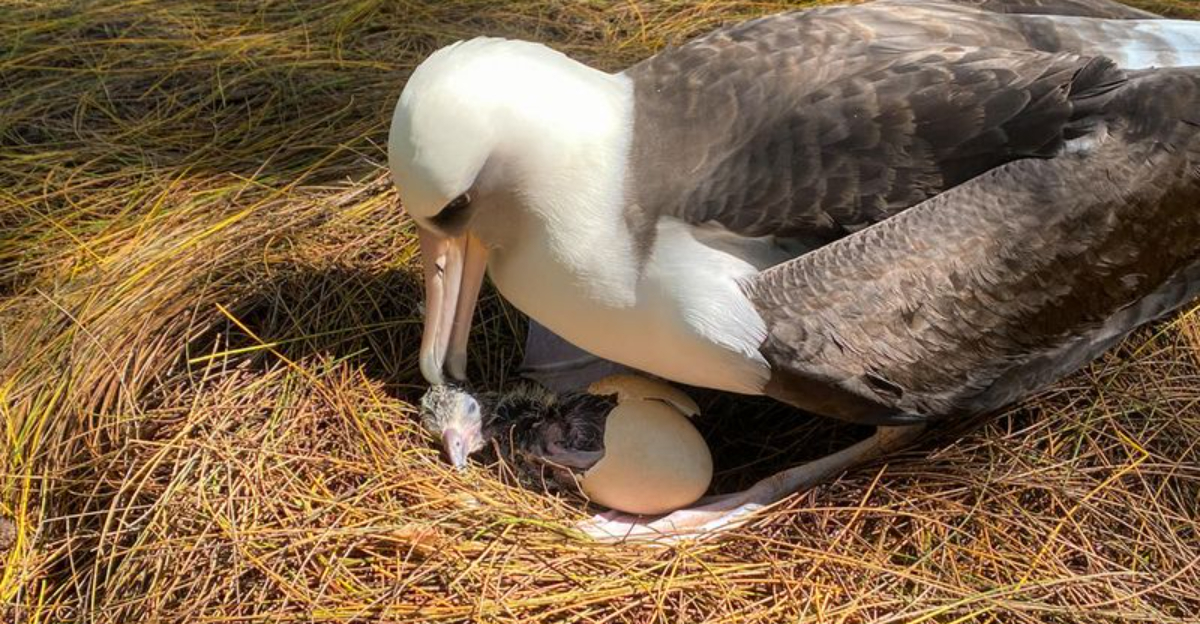
Deep in the vast oceans, an extraordinary bird soars with wings spanning up to 11 feet – the albatross.
These remarkable seabirds have one of the most unusual reproductive strategies in the animal kingdom, laying just a single egg each year.
But this slow breeding pace, combined with mounting environmental threats, has pushed many albatross species to the brink of extinction.
1. What Makes The Albatross Unique
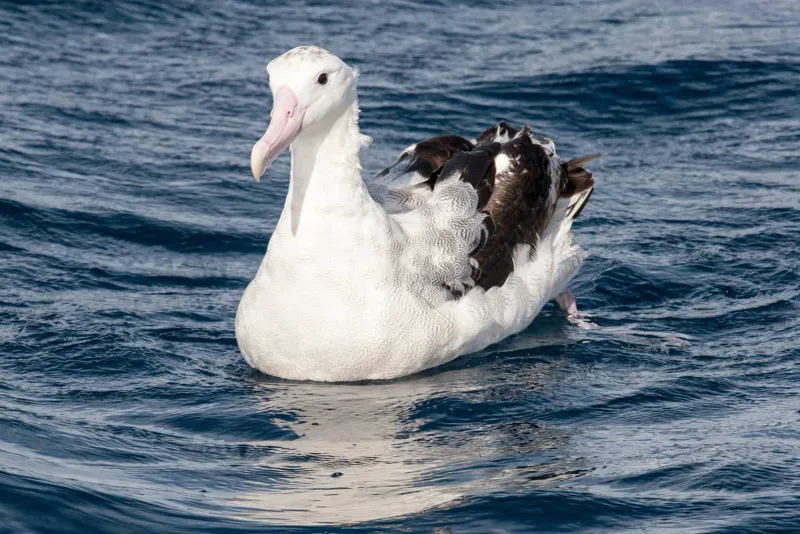
Wandering the open seas for months without touching land, albatrosses are aerial masters with the largest wingspan of any living bird.
Their most fascinating trait? They produce just one egg annually, investing everything into this single offspring. Unlike other birds that hedge their bets with multiple eggs, albatrosses gamble their genetic future on a solitary chick.
2. Why Does The Albatross Only Lay One Egg A Year?
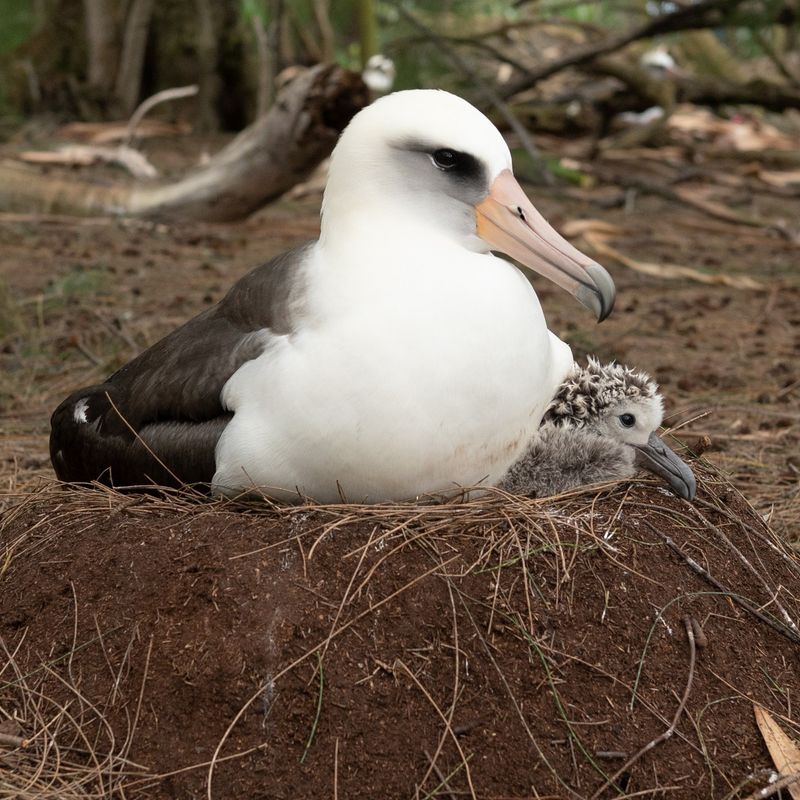
Energy conservation drives this unusual reproductive strategy. Raising an albatross chick demands extraordinary resources – parents fly thousands of miles for food and feed their young for up to 280 days.
With lifespans reaching 60+ years, they’ve evolved to prioritize quality over quantity. One well-nurtured offspring annually over decades proves more successful than multiple chicks with lower survival rates.
3. How The Albatross’s Slow Reproductive Rate Helps It Survive
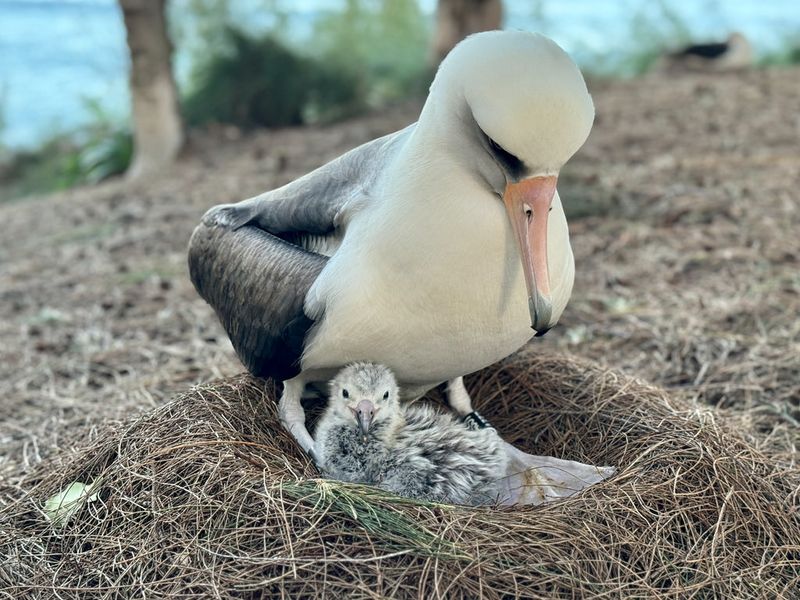
Counter-intuitively, this seemingly risky strategy served albatrosses well for millions of years. By channeling all parental resources into one offspring, they ensure higher survival rates for that individual.
Their chicks receive extended care, developing crucial skills for ocean survival. This evolutionary approach perfectly matched their naturally low adult mortality rates – until human threats disrupted this delicate balance.
4. A Long Life And One Egg
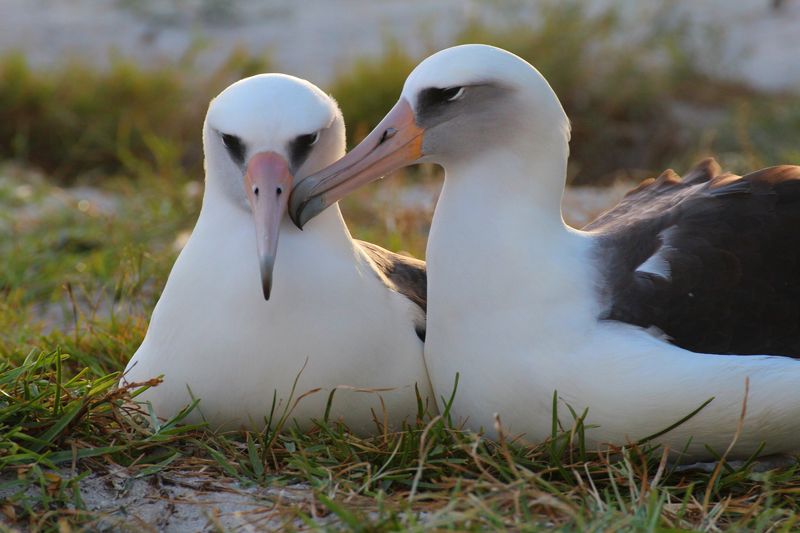
Albatrosses don’t rush into parenthood – many species wait until age 8-12 to begin breeding. Once mature, they form lifelong bonds with their mates through elaborate courtship dances.
After producing their precious single egg, both parents share incubation duties for two months. This long-term reproductive strategy worked beautifully when adult birds regularly lived to 60+ years.
5. Why Its One-Egg Reproduction Makes Survival Tougher
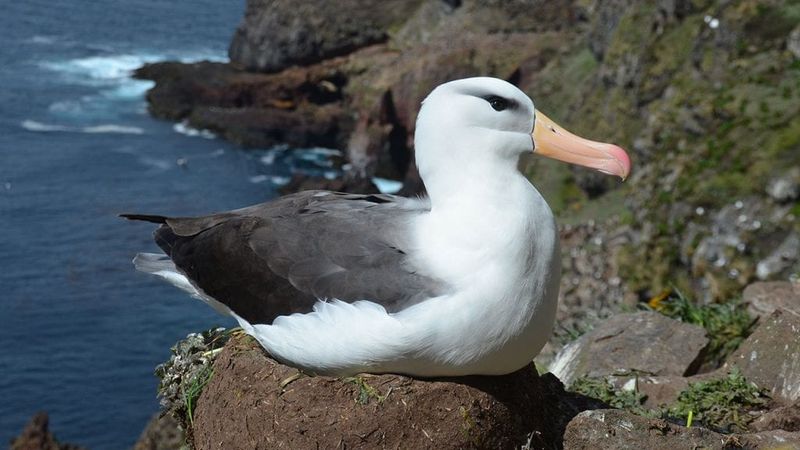
Nature’s delicate math equation has been thrown off balance. When adult albatrosses die prematurely, their lifetime reproductive output plummets dramatically.
With just one egg annually and years spent reaching breeding age, population recovery becomes painfully slow. Twenty albatrosses killed today means hundreds of unborn offspring over coming decades – a devastating blow these dwindling species cannot absorb.
6. How Human Activity Is Impacting Albatross Populations

Longline fishing claims thousands of albatrosses yearly as they dive for bait and get hooked, then dragged underwater to drown. Plastic pollution fills their stomachs and gets fed to chicks, causing starvation.
Oil spills contaminate feathers while introduced predators like rats and cats ravage nesting colonies. These combined threats have driven 15 of 22 albatross species into threatened status.
7. Albatrosses And Climate Change
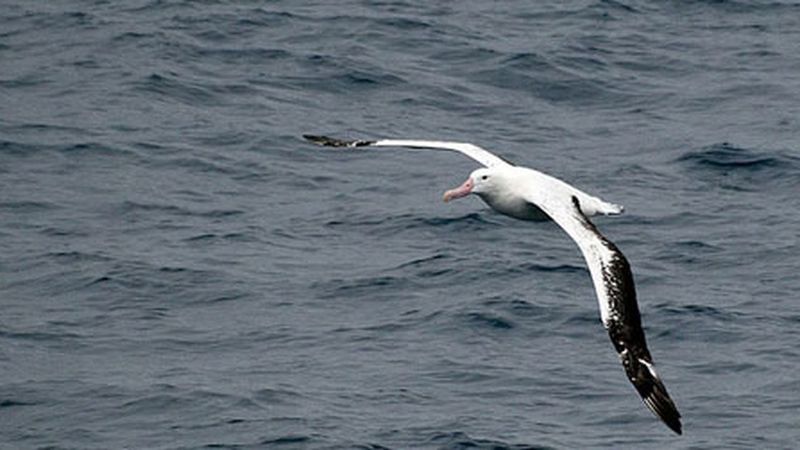
Rising sea temperatures are shifting food webs, forcing albatrosses to travel farther for diminishing meals. Increasingly violent storms threaten nests and chicks on exposed breeding islands.
Changing wind patterns disrupt the air currents these master gliders depend on for efficient flight. For birds already investing everything in a single egg, these mounting climate pressures could deliver the final blow.
8. Why Albatrosses Are So Important To Marine Ecosystems
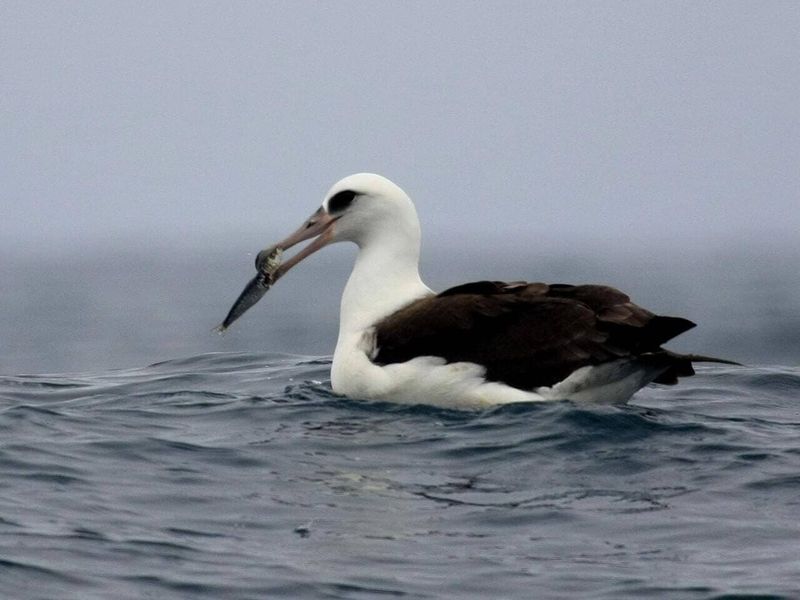
As top ocean predators, albatrosses help regulate fish and squid populations across vast stretches of sea. Their island nesting colonies create nutrient-rich environments through guano deposits, supporting unique plant communities.
They serve as living indicators of ocean health – their declining numbers signal trouble beneath the waves. Losing these magnificent birds would leave both ecological and spiritual voids in our world.
9. What’s Being Done To Save Them?
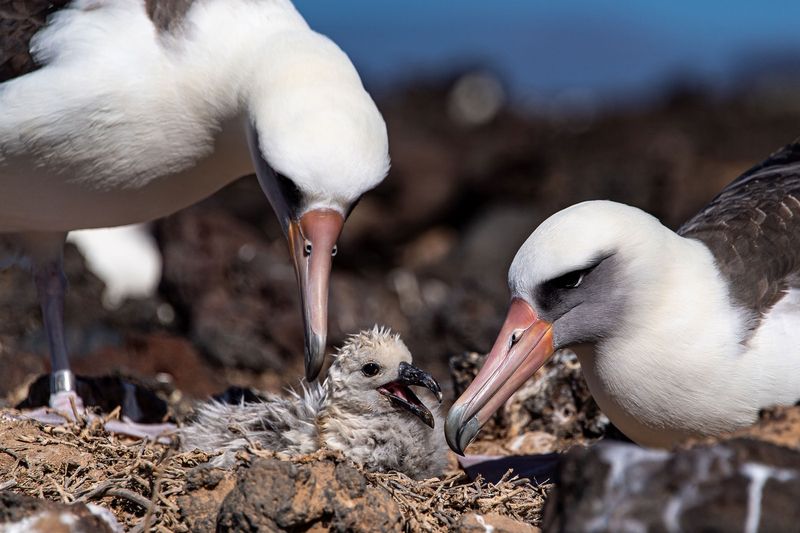
Hope emerges through innovative fishing gear modifications like weighted lines that sink bait quickly before birds can grab it. International agreements now require vessels in critical areas to use bird-scaring lines and night setting.
Dedicated conservationists work tirelessly removing invasive predators from breeding islands. These combined efforts have shown promising results for some populations – proof that human ingenuity can reverse the damage we’ve caused.
10. Mating And Raising A Single Chick
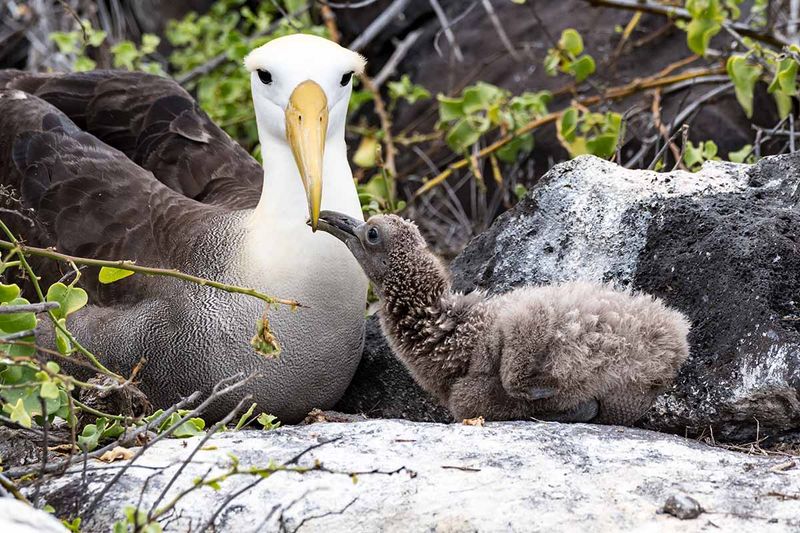
Albatross relationships put human romance to shame – partners reunite at the same nest site year after year, greeting each other with elaborate dances they remember perfectly despite months apart.
Raising their solitary chick becomes a marathon of dedication. Parents take turns flying hundreds of miles daily for food, returning to regurgitate energy-rich stomach oil for their constantly hungry offspring. This parental investment is among the most intense in the animal kingdom.
11. The Albatross’s Incredible Migration
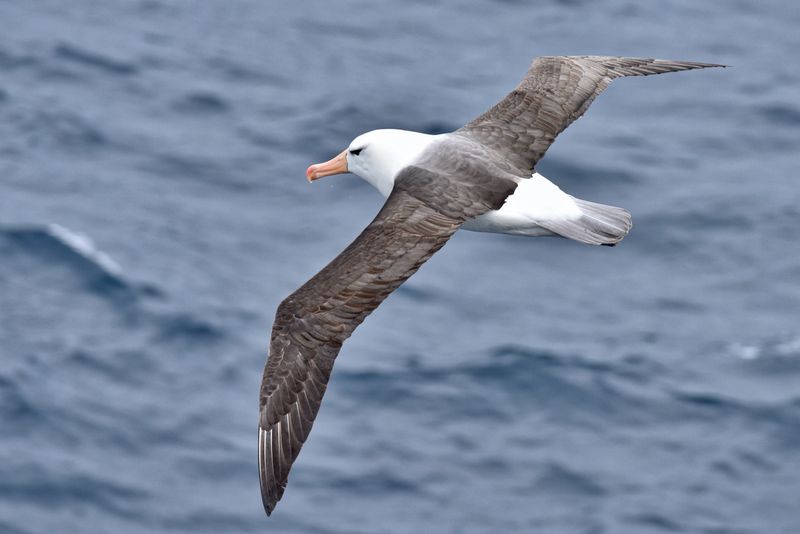
Masters of wind-powered flight, albatrosses can soar for years without touching land outside breeding season. Their remarkable adaptations include shoulder-locking joints that hold wings extended without muscle fatigue.
Satellite tracking reveals mind-boggling journeys – one tagged bird circled the entire Southern Ocean three times in a single year, covering over 75,000 miles. These epic migrations make protecting their entire range extraordinarily challenging.
12. Success Stories In Albatross Conservation

Against tremendous odds, dedicated efforts have yielded remarkable victories. The Critically Endangered Short-tailed Albatross has grown from 12 breeding pairs in the 1950s to over 600 today through intensive protection.
Innovative programs teaching fishermen sustainable practices have reduced bycatch deaths by 80% in some regions. Each recovered population offers living proof that even birds with the slowest reproductive rates can bounce back when given proper protection.

